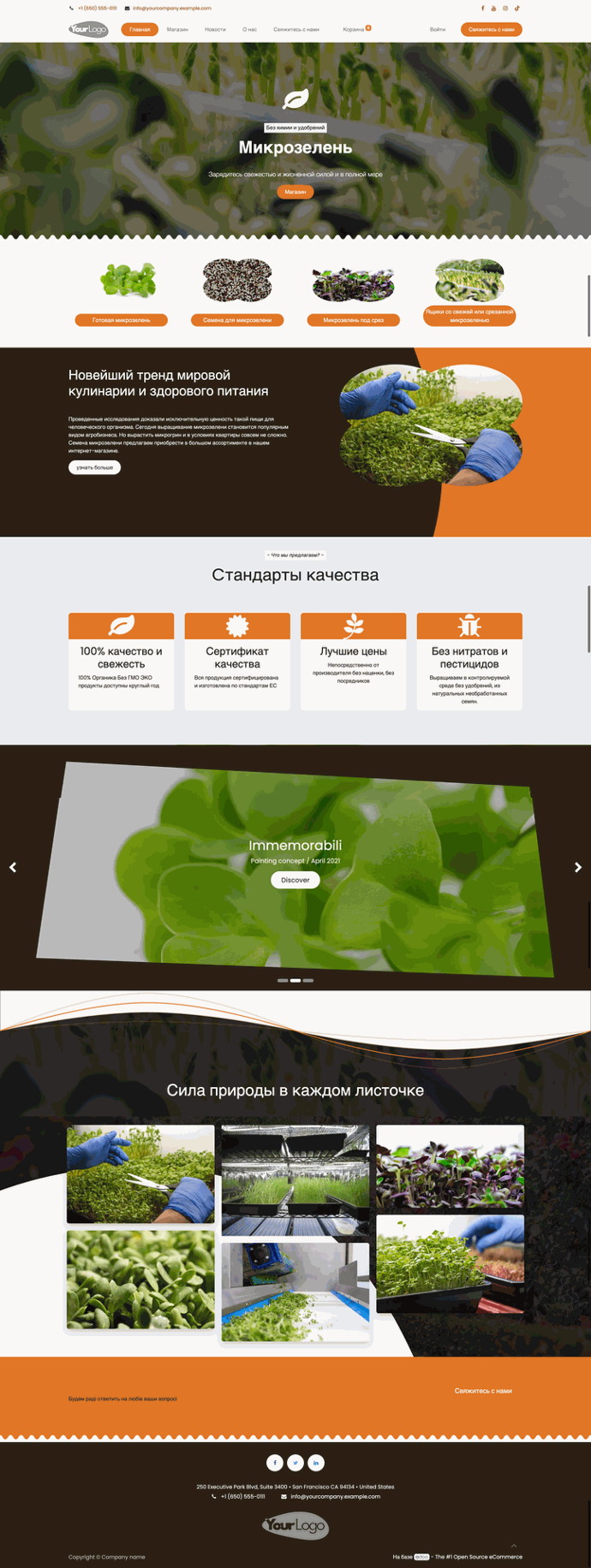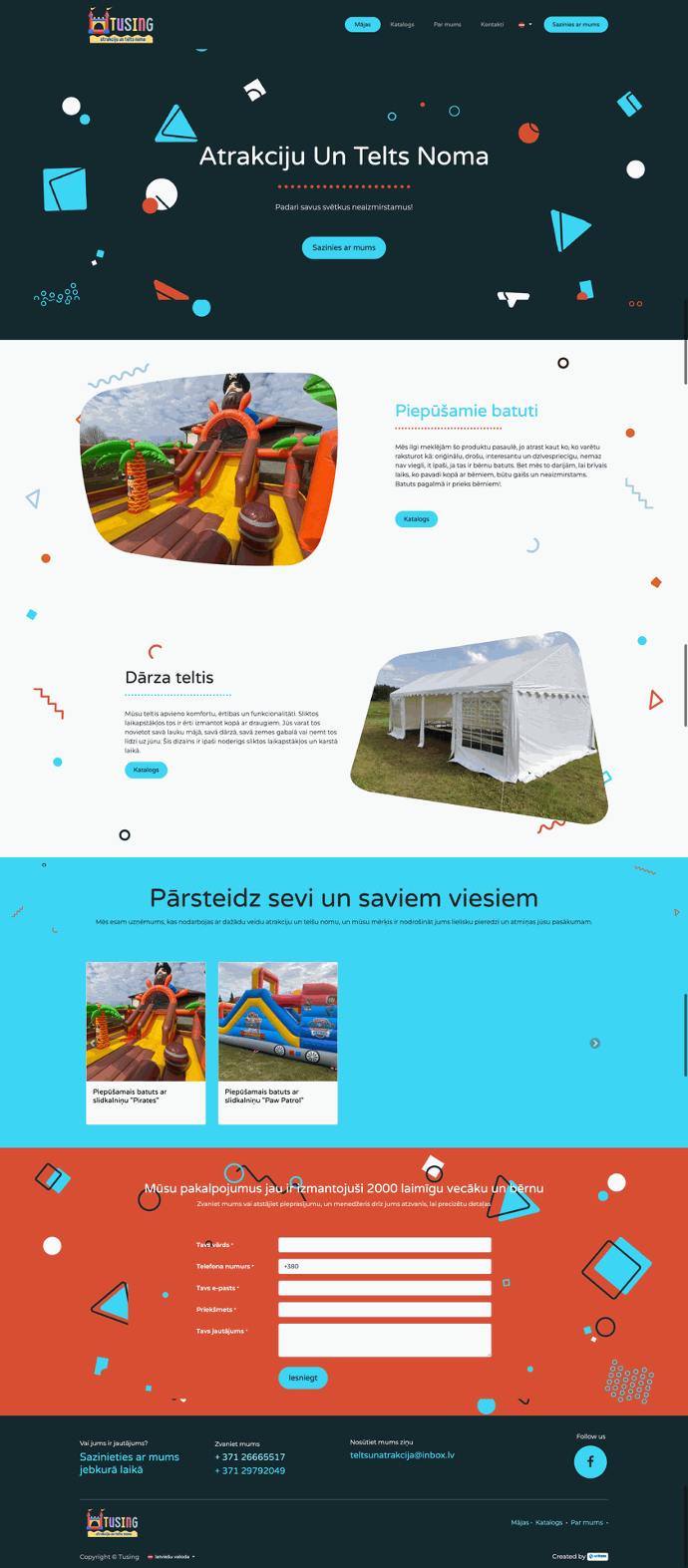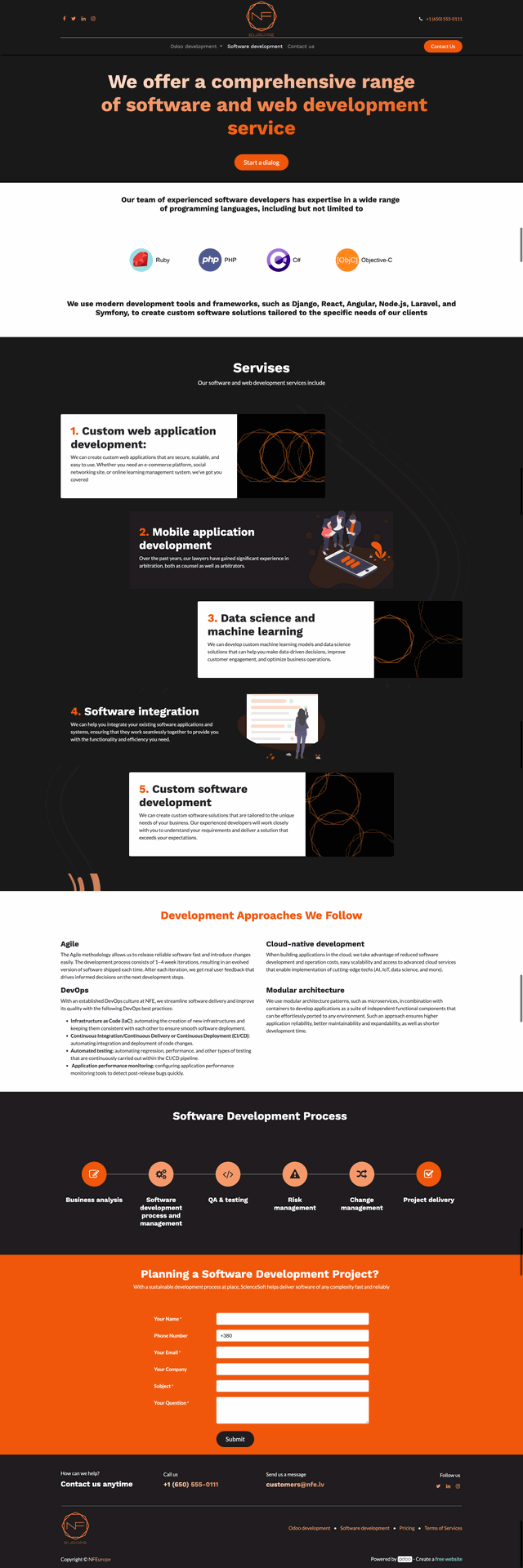Planning and Requirement Analysis
Project Scope:
Define the objectives, goals, and scope of your website project. What is the purpose of the site? What are the expected outcomes?
Target Audience:
Identify your target audience and their needs. Understanding your audience helps tailor the website to their preferences.
Content Strategy:
Plan the content you'll feature on your website, including text, images, videos, and other media.
Functional Requirements:
Define the specific features and functionalities your website requires. This may include e-commerce, forms, memberships, blogs, etc.
Odoo Website Setup
Installation:
Set up Odoo, including the necessary modules and configurations.
Theme Selection:
Choose a suitable Odoo website theme that aligns with your design and functionality requirements.
Basic Settings:
Configure fundamental settings such as language, currency, and website structure.
Development and Customization:
Template Customization:
Customize the selected theme to match your design specifications. This may include modifying page layouts, colors, and styles.
Functionality Development:
Develop custom functionalities and features using Odoo's built-in tools or by writing custom code if needed.
Integrations:
Integrations: Integrate your website with other Odoo modules, such as e-commerce, CRM, or inventory.
Testing:
Thoroughly test the website for functionality, performance, and responsiveness. Identify and fix any bugs or issues.
SEO Optimization
On-Page SEO:
Optimize on-page elements, such as titles, headings, and meta descriptions, to improve search engine rankings.
XML Sitemap:
Generate and submit an XML sitemap to search engines for better indexing.
Launch
Domain and Hosting Setup:
Configure domain settings and deploy the website to a web server.
DNS Configuration:
Update DNS settings to point to the new website location.
Final Testing:
Perform a final round of testing to ensure the live website is error-free.









